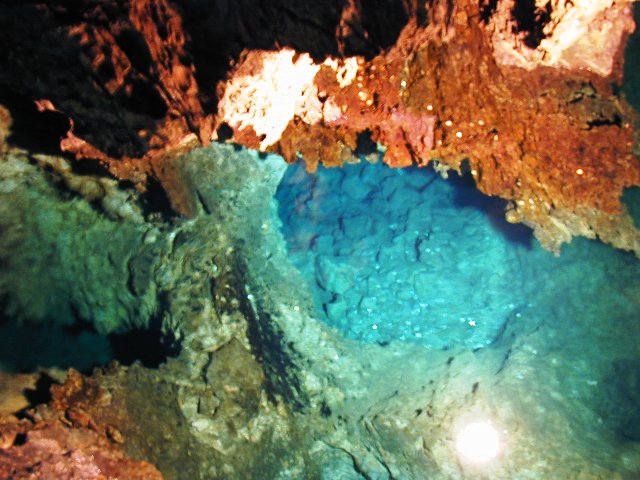Ryūsendō on:
[Wikipedia]
[Google]
[Amazon]
 is one of Japan's three largest limestone caverns. It is located in the town of Iwaizumi,
is one of Japan's three largest limestone caverns. It is located in the town of Iwaizumi, A Trip to Iwate
/ref>
A Trip to Iwate
{{DEFAULTSORT:Ryusendo Show caves in Japan Landforms of Iwate Prefecture Tourist attractions in Iwate Prefecture Iwaizumi, Iwate
 is one of Japan's three largest limestone caverns. It is located in the town of Iwaizumi,
is one of Japan's three largest limestone caverns. It is located in the town of Iwaizumi, Iwate Prefecture
is a prefecture of Japan located in the Tōhoku region of Honshu. It is the second-largest Japanese prefecture at , with a population of 1,210,534 (as of October 1, 2020). Iwate Prefecture borders Aomori Prefecture to the north, Akita Prefectu ...
, in the Tōhoku region
The , Northeast region, or consists of the northeastern portion of Honshu, the largest island of Japan. This traditional region consists of six prefectures (''ken''): Akita, Aomori, Fukushima, Iwate, Miyagi, and Yamagata.
Tōhoku ret ...
of northern Japan.
Ryūsendō has an accessible length of 1200 meters, making it the 62nd longest in Japan; however, its depth of from the entrance to its lowest point is the 5th deepest in Japan. The total confirmed length of the cave is currently , although the cave may extend much further. Further exploration has been banned following a fatality in December 1968. The cave system includes at least four underground lake
An underground lake or subterranean lake is a lake underneath the surface of the Earth. Most naturally occurring underground lakes are found in areas of Karst topography, where limestone or other soluble rock has been weathered away, leaving a ca ...
s, the third of which has a depth of , and the fourth of which (not accessible to the public) has a depth of over . The cave system is also home to colonies of Greater horseshoe bat
The greater horseshoe bat (''Rhinolophus ferrumequinum'') is an insectivorous bat of the genus '' Rhinolophus''. Its distribution covers Europe, Northern Africa, Central Asia and Eastern Asia. It is the largest of the horseshoe bats in Europe an ...
, Eastern long-fingered bat, Brown long-eared bat
The brown long-eared bat or common long-eared bat (''Plecotus auritus'') is a small Eurasian insectivorous bat. It has distinctive ears, long and with a distinctive fold. It is extremely similar to the much rarer grey long-eared bat which was ...
and Hilgendorf's tube-nosed bat as well as Microbat
Microbats constitute the suborder Microchiroptera within the order Chiroptera ( bats). Bats have long been differentiated into Megachiroptera (megabats) and Microchiroptera, based on their size, the use of echolocation by the Microchiroptera a ...
s.
Ryūsendō was designed a Natural monument
A natural monument is a natural or natural/cultural feature of outstanding or unique value because of its inherent rarity, representative of aesthetic qualities or cultural significance.
Under World Commission on Protected Areas guidelines, na ...
by the Japanese government in 1934. The caves were opened to the public in 1967. Its underground lake system was designated one of the “100 Famous Springs of Japan” in 1985 by the Ministry of the Environment
An environmental ministry is a national or subnational government agency politically responsible for the environment and/or natural resources. Various other names are commonly used to identify such agencies, such as Ministry of the Environment, ...
.
The adjacent caves nearby were discovered in 1967. It claims to be the “first natural cave science museum in the world”, and contains displays of earthenware and stoneware discovered in 1967, together with displays on the geology of the main Ryūsendō caverns./ref>
Gallery
References
External links
A Trip to Iwate
{{DEFAULTSORT:Ryusendo Show caves in Japan Landforms of Iwate Prefecture Tourist attractions in Iwate Prefecture Iwaizumi, Iwate